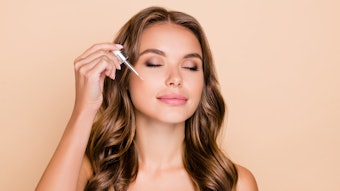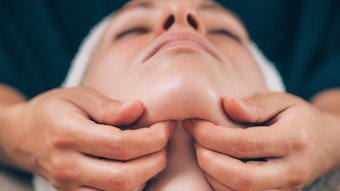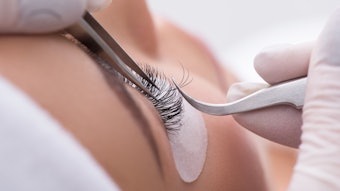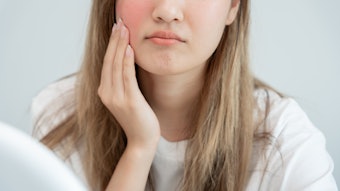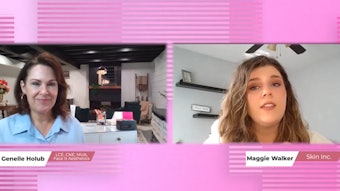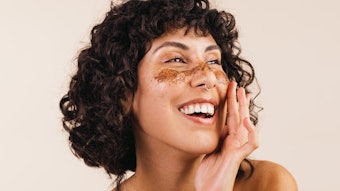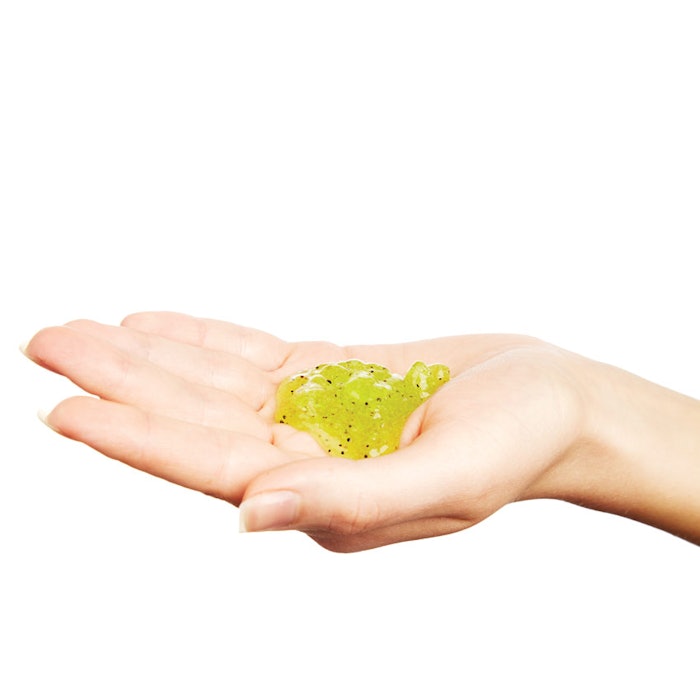
Clients frequently visit estheticians to correct a skin problem rather than to prevent skin issues from occurring. Prevention is the first line of defense when it comes to skin health and slowing down the aging process, but many clients are missing this step.
Clients too often wait until their skin appearance and health get severe, at which point they wind up in their esthetician’s treatment room expecting 15 years of damage to be removed in one session. The esthetican spends time explaining to the client that it took years for those signs of poor skin health and age to show, and that one treatment is not going to drastically improve their appearance. This response is usually met with the unsatisfied look on the client’s face, as she begrudgingly agrees to join her esthetician on the journey to help her restore the health and youth of her skin.
The good news is it might not always be like this moving forward. Women and men are finally realizing the importance of preventative care to maintain their skin’s health, and they are starting to take care of their skin at a younger age. It is important to help clients of all ages understand that preventing is just as important as correcting, and once their skin is corrected, they will need to maintain the results by continuing to prevent.
So while you plan how to help correct your clients in office, here are four main topicals that will help prevent and correct damaged skin before, during and after their in-office treatments. To prevent and maintain great skin health everyone should be on the following: a broad spectrum sunblock, vitamin C antioxidant, an exfoliant and a pigment regulator.
Sun Protection
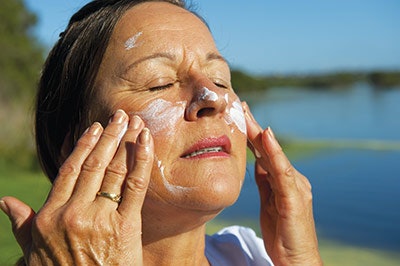 Sun protection is the first line of defense, as 90% of extrinsic aging comes from the sun’s powerful rays. While most American’s know that using sunscreen is important, many of them are still falling short.
Sun protection is the first line of defense, as 90% of extrinsic aging comes from the sun’s powerful rays. While most American’s know that using sunscreen is important, many of them are still falling short.Remind clients that daily sunscreen use should be as much of a habit as removing their makeup at night, which should be second nature at this point.
Many people still refuse to wear sunscreen for a wide range of reasons. The two biggest reasons clients refuse to wear sunscreen are tactile feel and sensitivity issues. Educate clients on the difference between chemical and physical sunscreens. Many clients have sensitivity to sunscreens due to the chemical filters. Chemical filters are widely used because they are cheap and efficacious, but this can also cause acne, irritation and dermatitis in a large group of clients. That is not to say all chemical sunscreens are bad, but they are often the reason clients experience sensitivity to sun protection.
Offering your clients a good mineral-based/physical sunscreen should eliminate these issues moving forward. Traditional physical blockers are titanium dioxide and zinc oxide, and they act as a shield by allowing no light rays to penetrate to the skin, thus protecting from a burn. Physical sunscreens have come a long way since the days of lifeguards with white noses, and they have been micronized to give a soft and powdery finish to the skin. Provide your clients with sunscreen options that use only physical filters and that are broad spectrum with a SPF 30 or higher for daily use. Also, remind them that if they are out in the sun, they should re-apply every hour to be fully protected.
Antioxidants
Once a client is educated on proper sunscreen use, the conversation of adding in a daily antioxidant to protect from sun damage and to prevent future signs of aging should be started. Antioxidants are important because they restore damage that has already happened and prevent new damage from occurring.
Look for an antioxidant that protects from UVA, UVB and infrared radiation (IRA) to make sure your clients are fully protected. UVA rays are aging rays, while UVB rays are what cause skin to burn. IRA is a new term in the skin care world. It comes from anything that induces heat. Scientists are now looking at heat and the role it plays in the degradation of collagen and the aging of skin.
Sunscreen is never enough protection because most of the population does not use the correct amount and does not reapply enough. To penetrate the skin and protect where sunscreen cannot, an antioxidant must be formulated: with an acidic pH, in an aqueous base, with pure L-ascorbic acid and with at least 10-20% of L-ascorbic acid. This is where the real difference in skin health is made.
Topical antioxidants have also been shown to reduce free radical damage, which leads to collagen and elastin breakdown. Topical vitamin Cs are also lightening and brightening to restore skin tone and make it more even over time. The best way to describe the use of a topical vitamin C antioxidant product is that it is insurance for the skin, and it is a two-for-one type of product. It is correcting and preventing in one product, and we know clients love those two-in-one products.
Exfoliation
Exfoliation is key to new skin health. All skin types benefit from proper exfoliation, and this includes those looking to prevent and correct. As humans age, skin renews itself less frequently, resulting in sallow and dull complexions. This can also lead to dead skin buildup, making the appearance of age spots more apparent. An unhealthy skin renewal cycle can also lead to clogged pores and acne flare-ups. So regardless of skin type, exfoliation is key to good skin health. There is not a one-size-fits-all recommendation when it comes to exfoliation, as everyone’s skin is different and varies on levels of sensitivity. Exfoliation can be manual or chemical, and there are different compounds to choose from depending on the client’s skin.
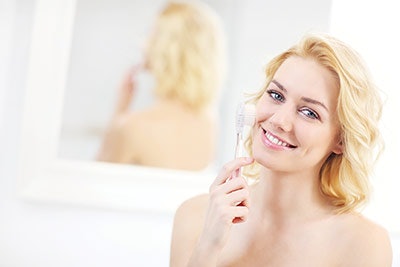 When offering a manual exfoliation in the form of a skin scrub, be sure that the beads in the scrub are completely rounded with no sharp edges, so as not to cut and harm the skin. Some natural scrubs have jagged edges and leave small cuts along the surface of the skin, leading to irritation and bacteria growth. There are also manual cleansing brushes that can be used as a form of exfoliation for at-home use.
When offering a manual exfoliation in the form of a skin scrub, be sure that the beads in the scrub are completely rounded with no sharp edges, so as not to cut and harm the skin. Some natural scrubs have jagged edges and leave small cuts along the surface of the skin, leading to irritation and bacteria growth. There are also manual cleansing brushes that can be used as a form of exfoliation for at-home use.The other option for exfoliation is chemical exfoliants that work to dissolve dead skin cells as well as thicken the underlying structure of skin over time. The most commonly used chemical exfoliants are retinoids, AHAs and enzymes, and all get a great result depending on the sensitivity and needs of the skin being treated.
Pigment Control
The last preventative measure clients should be taking is to incorporate a topical product that prevents and corrects the production of melanin in the skin, preferably a tyrosinase inhibitor. While hydroquinone is great at removing pigment, it is not something that clients can use for long periods of time. This is where a topical product that inhibits the enzyme tyrosinase—which aids in the production of melanin in skin— comes into play. Some of the most popular options in recent years have been kojic acid, arbutin, mequinol and azeliac acid, to name a few. These should be used morning and night for best results, and they will not only fade existing sun damage and melasma but will also prevent any new spots from occurring.
Insurance for Skin
There are many other topical products out there that help maintain skin health and prevent issues. The above mentioned are just a short list of the means I find most beneficial.
In-office procedures are an important tool to prevent and correct the signs of aging and skin health. Chemical peels, facials, laser services, microneedling, LED therapy and other modalities will help to restore the client back to the skin she loves, but it is important to recommend the proper home care to maintain those results that you worked so hard to get for your client.
There should never be a concern that retailing at-home care products would take away how often a client comes to see their esthetician for treatments and medical esthetic services. On the contrary, clients who use at-home products and come in for skin service spend more time with the esthetician than those that do one over the other. The average client might visit the esthetician an average of 12 times a year if she is coming in for monthly treatments—cut that in half for those clients who are in bi-monthly. In the grand scheme of things, that is not a lot of time, and there are 353 other days this client needs to be using the best at-home care products to maintain the result that she got from keeping her appointments with you.
Aging never stops—making home care important to help slow the progression. Even when the client sees her desired results from the esthetician, she should be educated to continue the proper skin protocol to prevent returning back to her original condition.
Clients understand that they will never stop the aging process, but getting great services along with at-home care products helps slow that process down. I always refer to at-home care products as insurance for their skin. It is an investment one must take to maintain the health and balance of their skin.
